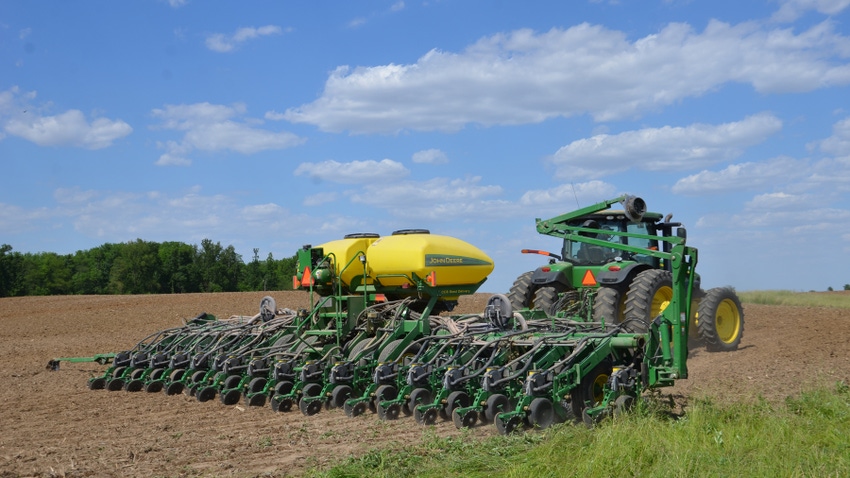March 9, 2023

The previous Farm Business column discussed reasons why a farm may want to grow. Once you decide to expand, there is a next logical question: How fast should your farm grow?
Thinking about a farm’s growth rate is one of the most difficult issues for farm operations. There are two main factors:
What is the sustainable growth rate of my farm without increasing leverage or looking for outside financing?
If my farm uses leverage to grow, what impact does borrowing have on the farm’s rate of return and financial risk?
Growth rate
Sustainable growth rate is the maximum rate of growth a farm can sustain without increasing financial leverage or looking for outside financing. A farm’s sustainable growth rate can be computed using information on net farm income, owner withdrawals and net worth.
Specifically, to compute sustainable growth rate, subtract owner withdrawals from net farm income and divide by net worth. Owner withdrawals primarily consist of family living expenses but would also include money transferred from the farm to invest in another business.
Net farm income minus owner withdrawals is often referred to as retained earnings. Increases in retained earnings increase a farm’s sustainable growth rate. Conversely, decreases in retained earnings decrease a farm’s sustainable growth rate.
How could owner withdrawals impact a farm’s sustainable growth rate? First, even if the owner withdrawal rate is relatively low, a farm with low financial performance will have a relatively low sustainable growth rate. Second, a farm with a high financial performance and a relatively high owner withdrawal rate will also have a relatively low sustainable growth rate. Thus, focus on the magnitude of retained earnings in relationship to farm size, as measured by farm net worth.
Borrowing and leverage
Financial leverage or debt influences a farm’s growth rate through its effect on expected returns and risk. The impact of financial leverage on a farm’s growth rate depends on the relationship between return on assets and the interest rate on borrowed funds. If a farm’s return on assets is larger than the interest rate on borrowed funds, financial leverage will increase financial performance and the sustainable growth rate.
However, higher financial leverage leads to an increase in financial risk. Specifically, as financial leverage increases, the potential loss of equity increases, the variation in expected return to equity increases, and liquidity provided by credit reserves decreases. Liquidity provided by credit reserves refers to the difference between a farm’s operating loan line limit and the amount of operating funds borrowed.
Managing risk
The owner withdrawal rate has an impact on both expected returns and risk. As the owner withdrawal rate increases, expected returns decrease and financial risk increases.
In summary, a farm’s growth rate depends on financial performance, owner withdrawals and leverage, often used to expand. When using leverage, understand that it has the potential to increase financial performance, but also increases financial risk.
It is often a good idea to mitigate this increase in financial risk by reducing the farm’s risk exposure to marketing or production risk. If necessary, adjusting a farm’s crop insurance coverage level may be a prudent move.
Langemeier is a Purdue Extension agricultural economist and associate director of the Purdue Center for Commercial Agriculture.
About the Author(s)
You May Also Like






